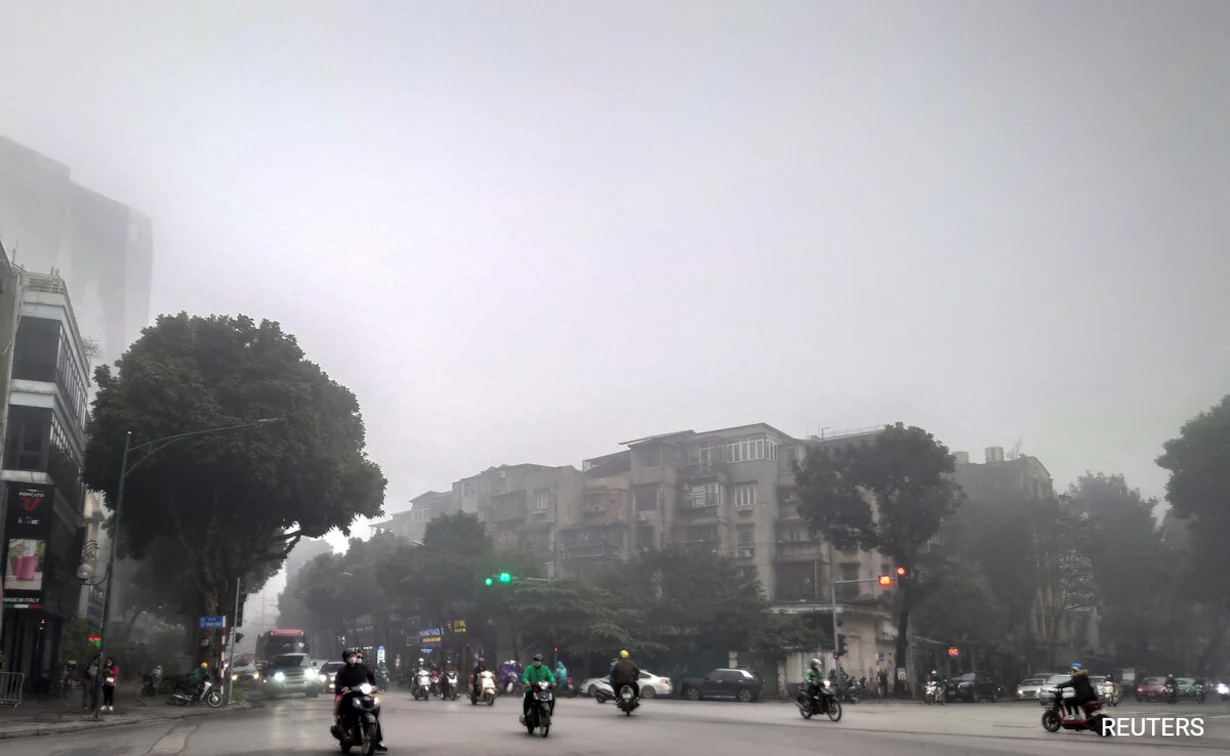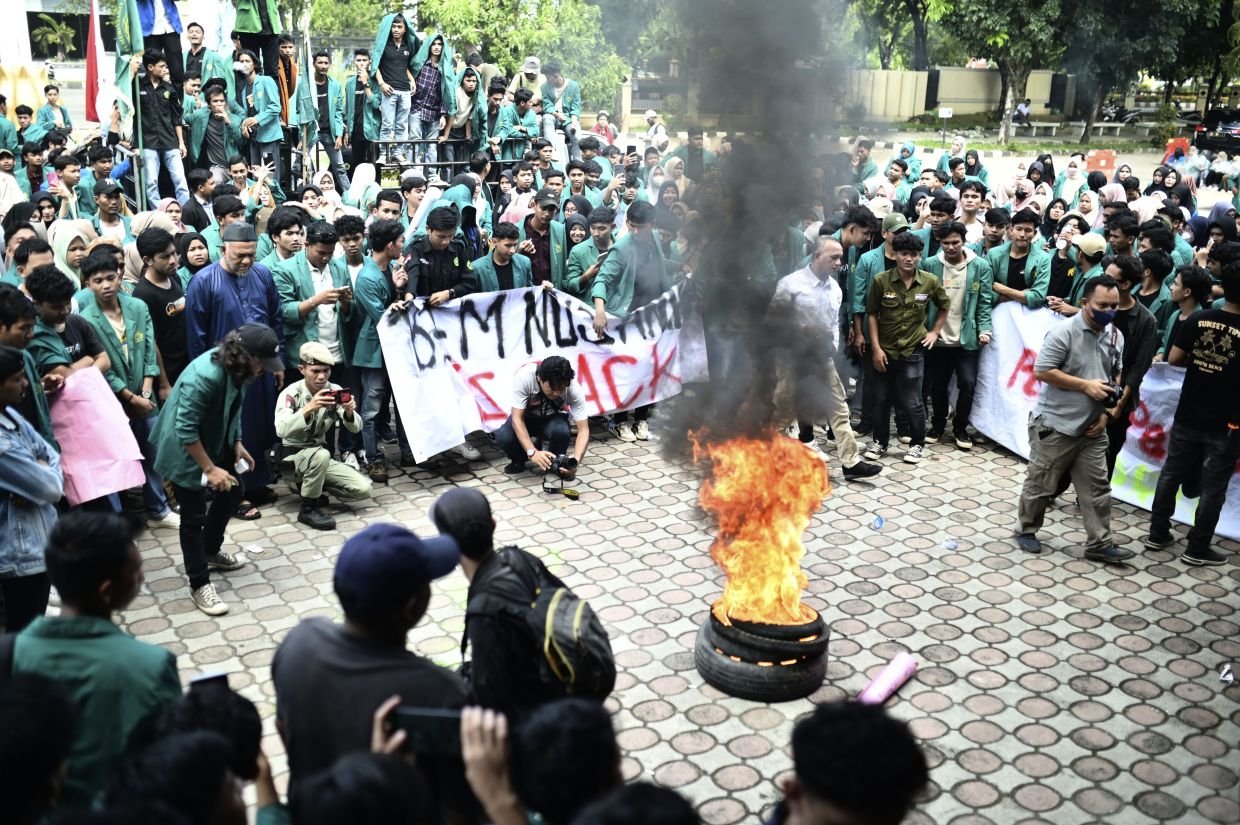Hanoi, the capital of Vietnam, is facing severe air pollution, with the city topping the list of the world’s most polluted cities, according to air monitoring website IQAir. The thick haze of pollution has enveloped the city, obscuring high-rise buildings and posing serious health risks to its nearly nine million residents.
PM2.5 pollutants, cancer-causing microparticles known for their detrimental impact on health, have reached levels classified as “very unhealthy,” exceeding more than 24 times the World Health Organization’s annual guideline. Hanoi’s persistent air quality issues are attributed to factors such as widespread construction, emissions from a large number of motorbikes and cars, carbon emissions from nearby coal plants, and agricultural burning.
Residents are experiencing difficulties in breathing, prompting the use of masks and limiting outdoor activities. The city has consistently been listed among the most polluted globally in recent years. A World Bank report highlights that 40 percent of Hanoi’s population is exposed to air pollution concentrations nearly five times higher than WHO guidelines, leading to various health issues such as strokes, heart disease, and lung cancer.
The situation emphasizes the urgent need for comprehensive measures to address air quality concerns, focusing on sustainable urban development, transportation solutions, and efforts to reduce emissions from various sources.



